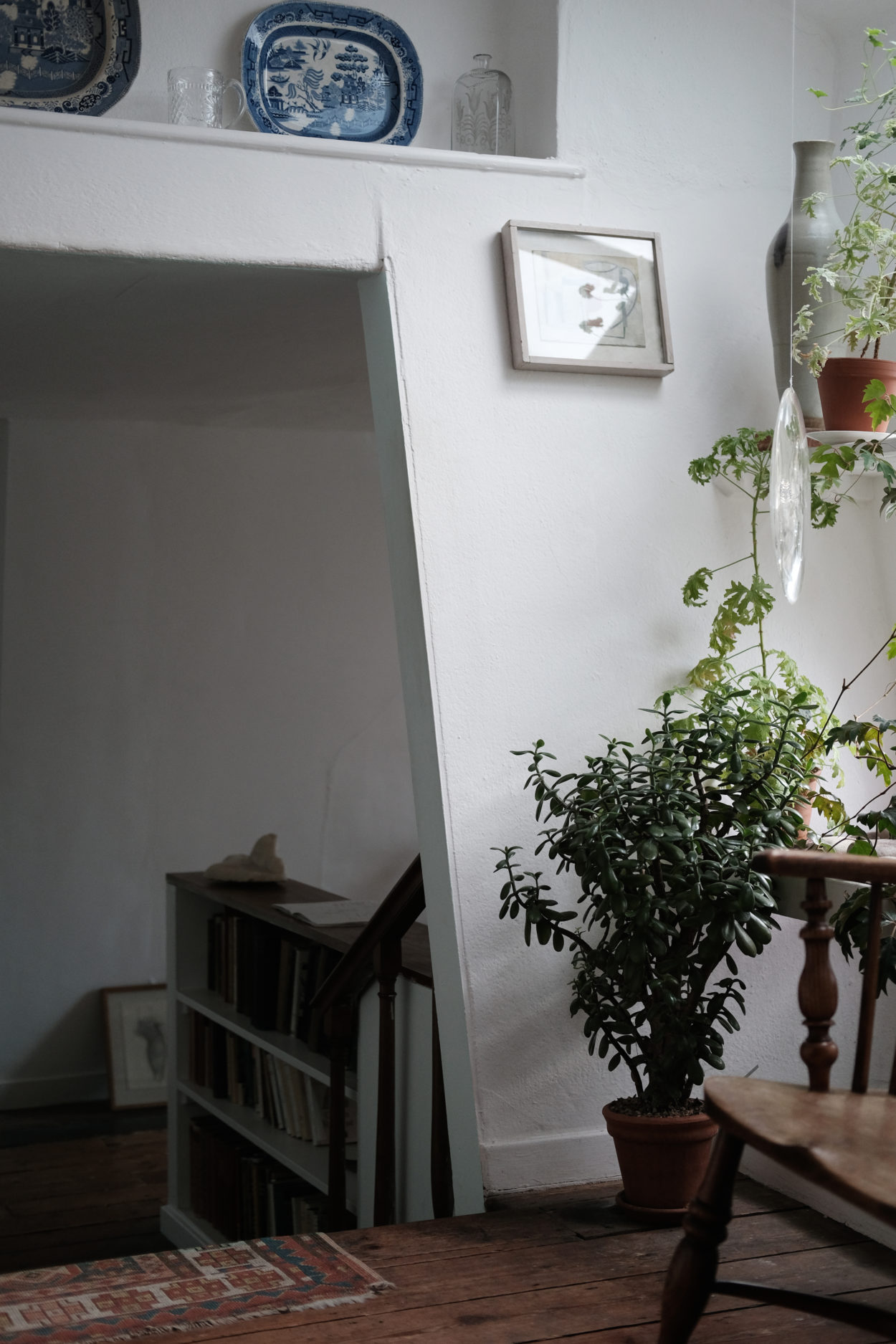Published
A 30th birthday in the City of Light


This year MR turned 30. Despite being European by birth he had never been to Paris , so it has been a floating idea of mine for awhile to take him as a surprise, knowing that he would love it.
Somewhere in the summer lockdown restrictions were lifted and ‘travel corridors’ were proposed between European countries with low case counts. I wasn’t sure how long these would last but booked train tickets and a hotel and crossed my fingers. Naturally, a week before we were due to travel, France was added to the UK’s quarantine list. After MR unwrapped the Paris guidebook I’d given him (the trip ‘unveiling’) we weighed up whether to proceed or postpone and finally opted to go.
No regrets. The trip was a little stifled – Paris restrictions mandated masks in indoor and outdoor spaces, and quite a few businesses were closed – but on the upside we were treated to a near empty city.
Day one we tackled the tourist landmarks, the Arc de Triomphe and La tour Eiffel, with an unanticipated stop at Galeries Lafayette Champs-Élysées where MR bought a dress shirt for our marriage ceremony. Late afternoon we headed back to our luxe room at the Hôtel des Grands Boulevards armed with Carrefour bites to form a makeshift private dinner on our courtyard-facing balcony. The buzz of the open-roofed restaurant below was welcome company.
Day two we wandered Le Marais, first revelling and later struggling in the 32°c heat. After a rest in our hotel we set out toward the lively streets of Canal Saint-Martin for dinner, eventually finding an outdoor table at Le Verre Volé where we sat ’til late drinking natural wine in the balmy evening air.
Day three MR led us to the Musée de l’Orangerie to be overwhelmed by Monet’s Nymphéas. The temperature had cooled and the weather was dreamy. Crossing the Seine, we stopped at Les Antiquaires for breakfast on the terrace before heading on to Le Bon Marché in Saint-Germain-des-Prés. At Hermès MR picked out a tie, generously gifted by AJ and CJ, for our marriage ceremony. After refilling on melon and ham at (the) Café de Flore we picked up a bottle of Mumm to drink at Pont Neuf as the sun set. Our final evening was spent at the rooftop restaurant Tortuga, with views across Paris.
Day four, due to head home, we awoke early to wander up to the Sacré-Cœur in Montmartre. Feeling completely indulged and extremely grateful we returned to London to start our 14 day quarantine.
Conclusion: MR loooves Paris ? and I concur. The city is aptly referred to as La Ville Lumière for its significance during the Enlightenment but also because it was one of the first large European cities to use gas street lighting on a grand scale. But to me, the City of Light, is an expression of how the stone buildings and blonde gravel illuminate when the sun appears, creating an architectural soft box for the city’s well-dressed.









